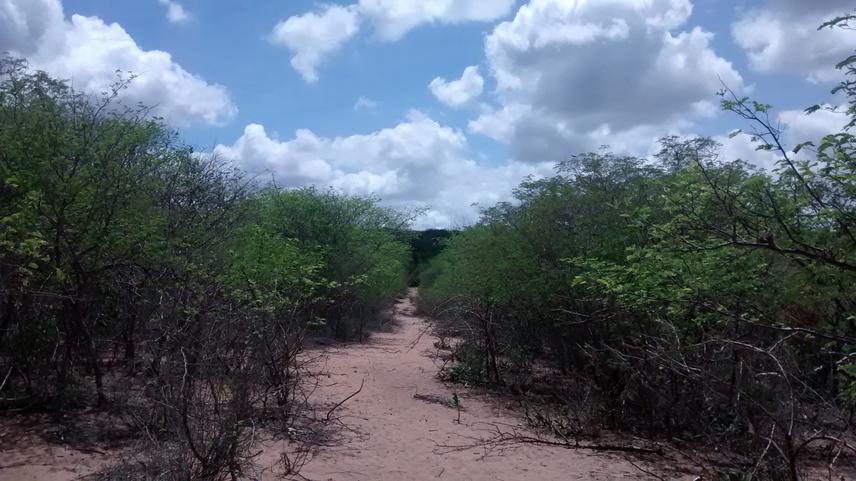Janete Ferreira Andrade
We aimed understand the patterns of plant insect interactions under chronic anthropogenic disturbances and reduction of rainfall.

The beggining of the rainy season was delayed by more than one month
Caatinga suffers a chronic exploitation of its natural resources with the extraction of woody and non-woody products, hunting activities and extensive livestock. As in other Seasonally Dry Tropical Forests), these activities combined with global warming and rainfall reduction have made this ecosystem more prone to desertification process. As the functioning of tropical forests depends on the way plants interact with their natural enemies, it is critical to understand how plant-insect interactions change with increasing chronic anthropogenic disturbance (CAD) and decreasing rainfall.
Catimbau National Park was created in 2002, and is one of the largest protected areas with full protection in Caatinga – its area is 62,294 ha. Nevertheless, the processes of indemnity and removal of the human population that lives within its boundaries has not started yet (the Brazilian Federal Law 9.985/2000 determines such removal). Catimbau National Park’s has human population mostly composed by low-scale farmers, handcrafters and indigenous peoples; their main activities to generate income consist of extensive goat-breeding and extraction of wood resources to produce wood for domestic use. Moreover, growing beans and corn is widely spread in the region as well as the use of agrochemicals.
This project aims to quantify the impact of CAD and reduction of rainfall on plant-insect interactions. We expect to assess how the increase in human activities and the reduction in rainfall affect herbivory levels (qualitatively and quantitatively), and identify interactions with greater likelihood to disappear in most disturbed and drier sites. Finally, we intend to provide technical guidelines for local stakeholders and decision makers in order to improve the effectiveness of the Catimbau National Park as a protected area. For Park staff these guidelines should include the indication of areas of restricted use, for instance where rare plant-insect interactions take place and should be used for research purposes only, as well as areas of great potential for guided visitation and ecotourism, where disturbance tolerant interactions can be easily seen and used for educational and leisure ends. We also expect our project helps to disseminate the ecosystem services provided by the insect herbivores and encourage local stakeholders to adopt practices of low impact for plant-insect interactions.